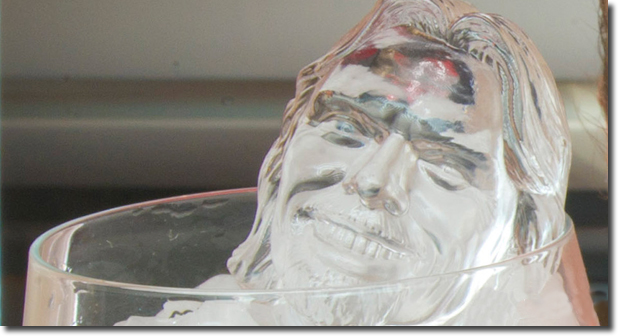How to Get Paid for Being Hated
You’ve heard the stories …
“Steve Jobs may have been a genius who changed the world, but in person he was a real jerk.”
That little voice inside of us - the one that generates excuses for not living up to our full potential – loves these stories. ”See? I’m not rich because I’m a nice guy.”

Now at this point some are expecting me to say, “It’s not true! The richest people in the world are actually an affable lot. Good guys win after all. Huzzah!”
But as usual, the reality is far more complex. And far stranger.
The truth is, no one really knows anyone else. Heck, we don’t even really know ourselves … We are expected to take a biographer’s word for how someone really “is?”
Everyone has good days and bad. And a wise leader knows you need to change your style to fit the people and the situation.
A wise leader also knows folks are still going to form an impression of them. So what do they do? They cultivate it.
You are a brand. And if you leave it to the masses, they will feed you to the lions. Not because “people are bad,” but because angry people are loud. And they love creating the impression they are the majority. (The legitimate justification for their grievances, or lack thereof, aside …)
So, how do you cultivate your brand?
1. Figure out who you want to be
(change is constant anyway … better to play an active roll in it)
2. Become that person in mind and in deed
(hold the image – do the work – be relentless)
3. Make grand public demonstrations to support your brand
(think: the game-changing presentations of Steve Jobs … the daredevil escapades of Richard Branson …)
But here’s the paradoxical price of a brand: hate. For every hundred people who jump on your Brand-wagon, at least one will jump on the Hate Train.
And as a good student of Six Sigma knows, that number becomes more significant at scale.
So yes, you need to be ready to deal with enemies. (Even the Bhagavad Gita was the tale of Krishna teaching Arjun how to get his mind right for war.) But better to have friends. The troubles enemies can cause you are quite real. As are the advantages of allies.
How does one become liked, then? Of course the base foundation is to have a genuine concern for people and to believe in the value of a cohesive world. But that’s not enough …
Remember, as we learned in the Complexity Gap, the world is so complex the brain needs decision shortcuts to improve our chances for survival. Psychologists have identified many of the shortcuts we use to size up people. (“Is this person a threat or an ally?”) If you do just a few things differently when you meet someone, the chances of them liking you are radically increased. And since first impressions tend to stick (despite evidence that contradicts that impression – thank you Cognitive Dissonance) mastering these shortcuts is not optional.
What are these shortcuts? Well, you can pore through many of the excellent tomes and research papers on the topic. Or if you are pressed for time …
We have distilled the most powerful (AKA the most H.I.M.E.) of these shortcuts into a 5 step Simpleology Ritual you can snag for free right here:
The Instant Likability Ritual <— free
P.S. Hint: it’s a great idea to pull the above ritual up on your phone using the Simpleology Rituals app and review it before meetings, sales presentations, dates, parties … You will be far more confident and in control.



